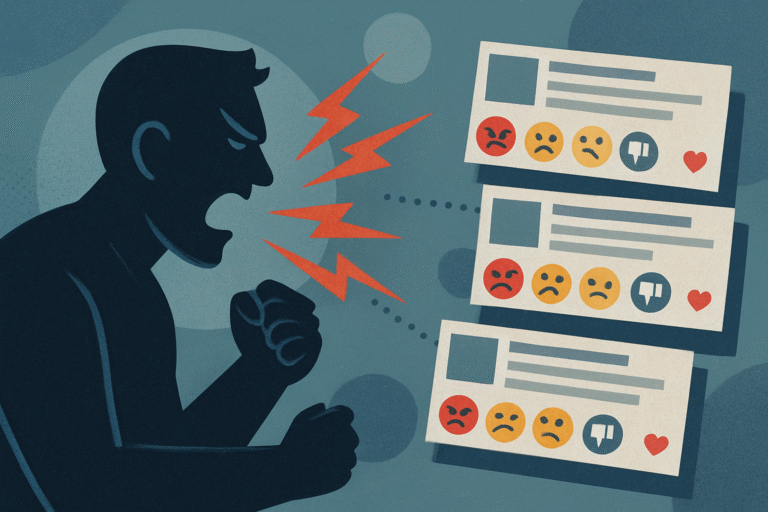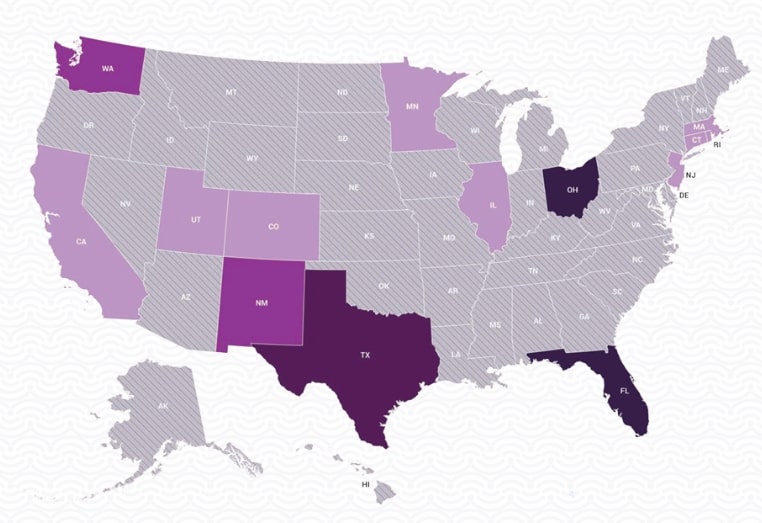3 key reasons for the presence of inauthentic profiles on social networks
Written by Cyabra’s analyst, Dean Shoshana
Fake profiles and bots on social media have been making the news in recent years, and by now most of us are aware that they’re out there. But have you ever asked yourself why these profiles exist and what they’re hoping to achieve?
Fake or inauthentic profiles are always changing and improving their methods. But overall, these are the three key reasons for the presence of inauthentic profiles on the internet:
1. Increase Exposure
This is one of the most common motives for creating fake profiles: when social networks identify interest in any given topic, the algorithm will promote exposure of content discussing this topic, under the assumption that if many people are interested in something, it may be interesting to an even larger group.
That’s why inauthentic profiles are often used to generate online discourse around a real trending issue. In many cases, an authentic profile would be supported by likes, reactions, or shares of inauthentic profiles, which would increase the dominance of the content and reshape the social agenda.
2. Promote Hidden Agendas
Inauthentic profiles are frequently used to push a specific topic: to track ideological opponents, promote a business, or strengthen an agenda.
Cyabra’s test cases show that on average, inauthentic profiles post negative content much more than authentic profiles. However, it’s important to understand that even when a fake profile spreads non-harmful or even positive content, it may be disguising other intentions, and masking misinformation with something that sounds neutral.
3. Hide Behind a Pseudonym
While the previous reasons might be relevant to all inauthentic profile types, and especially to bots, this point is mostly about real people hiding behind fake personas. Some inauthentic profiles are created as alter egos, in order to voice opinions in relative anonymity and not be connected to the person’s real profile.
How Can We Tell if a Profile is Fake?
Inauthentic users have become more sophisticated over time. They have invested in learning and adapting to the online environment, and have honed their profiles to resemble authentic ones in terms of structure and behavior, adopting the nuances that indicate reliability on the internet.
The operators of inauthentic profiles of all types understand that credibility is central to their survival and their ability to influence the online arena. They do everything possible to resemble authentic profiles, avoiding behaviors that raise suspicion like unusual distribution of hours of activity.
That’s why it’s harder than ever to identify inauthentic profiles based on observation alone. Cyabra’s platform uses machine learning and artificial intelligence to classify a profile’s authenticity using indicators and matrices created by in-depth research, as well as human and computer behavior analysis.


